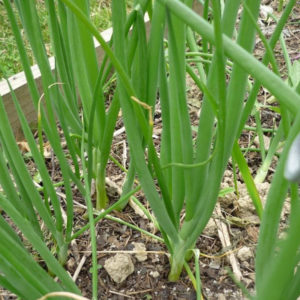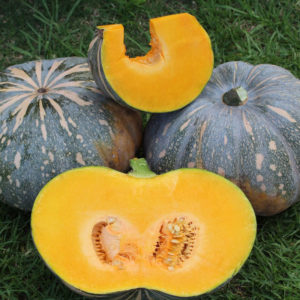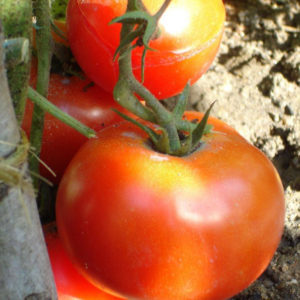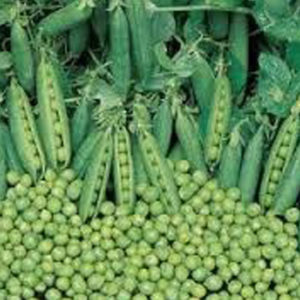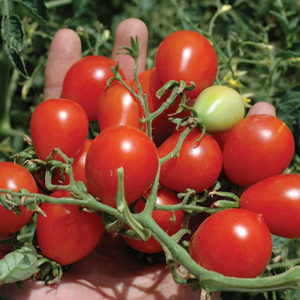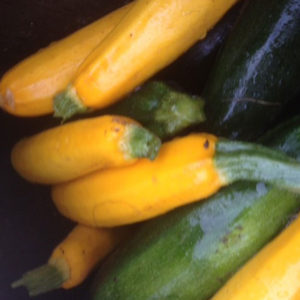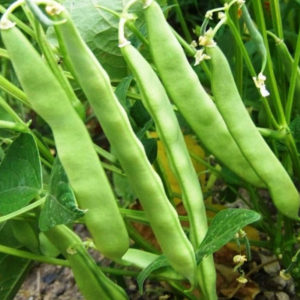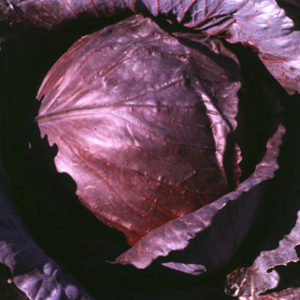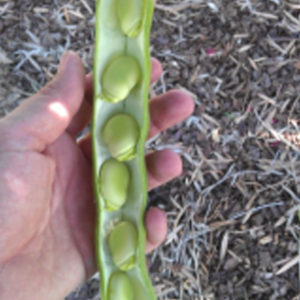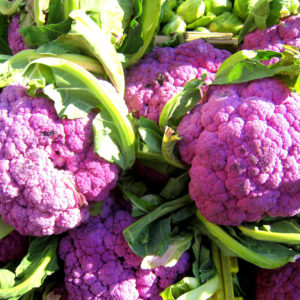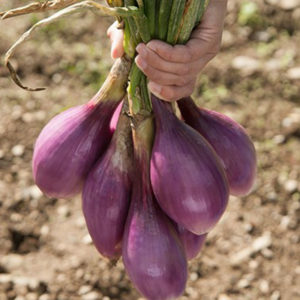-
 Cucurbita pepo This is a remarkable pumpkin? squash? whatever you'd like to call it. Large vine producing round green golden stripey fruit that ripens like most pumpkins, leaving them to mature on vine. Finally once opened there's the gift of sweet golden squash like flesh (great for soups) and delicious fresh pepita's which are so good for you. Plant needs lots of room and sun to prosper.
Cucurbita pepo This is a remarkable pumpkin? squash? whatever you'd like to call it. Large vine producing round green golden stripey fruit that ripens like most pumpkins, leaving them to mature on vine. Finally once opened there's the gift of sweet golden squash like flesh (great for soups) and delicious fresh pepita's which are so good for you. Plant needs lots of room and sun to prosper. -
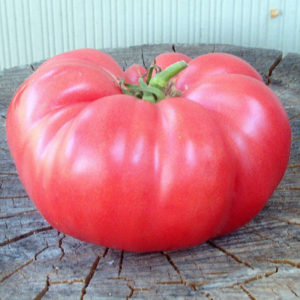 Solanum lycopersicum L. This large tomato was first presented to us by John Grasso at one of our markets. He brought it with both hands saying 'they get bigger than this'. What I didn't realise was how sweet they were. Plant is tall indeterminate type and needs to be staked well especially considering the weight of the fruit!
Solanum lycopersicum L. This large tomato was first presented to us by John Grasso at one of our markets. He brought it with both hands saying 'they get bigger than this'. What I didn't realise was how sweet they were. Plant is tall indeterminate type and needs to be staked well especially considering the weight of the fruit!

